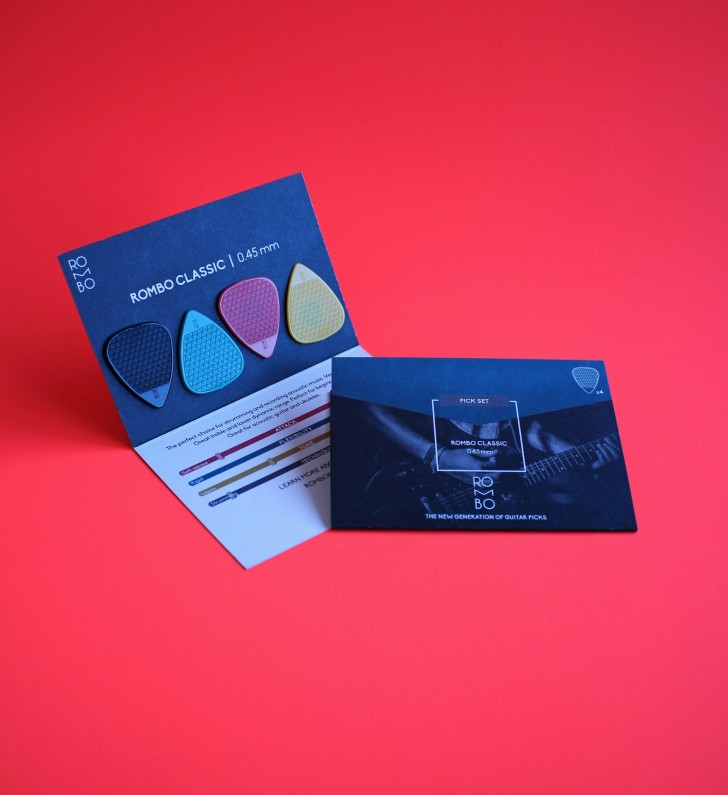They also project credibility, detail and professionalism which are sometimes not always attained with digital formats.
Companies, which attach importance to the quality of the print, show their position of excellence in all their communication. The perception of a brand is based on the design, texture, color, and finish of a printed work. Bad printing, however, may kill credibility and dilute the efficacy of a message that might otherwise be effective. Investing in high quality print production is not merely a design decision for the organizations that aim to establish long-term alliances and have a professional standing.
The Role of Print in Professional Branding
The printed materials directly influence the perception of your business by the clients, partners and investors. The corporate brochure or presentation folder is well printed and it sparks a positive impression at the onset and shapes the way of all future interactions. Your company can care about quality and detail that are demonstrated through the texture of the paper, brightness of colors and clarity of printed text. These factors are even further important in a B2B setting where printed materials are likely to be shared among several decision-makers.
On the contrary, poor print jobs with dull colors or distorted images may have the opposite meaning of sloppiness and lack of uniformity. The materials can lead to doubts among the potential partners about the reliability of your products or services. Ensuring that all corporate documents are of high print standards will place your business in a positive and coherent image that will eventually build on trust and brand recognition.
The Importance of Color and Material Selection
The choice of printing materials is important in the expression of professionalism. The paper, ink and finish employed may determine how the readers interact with the message. Smooth finishes can be interpreted as modern and bright, whereas coarse ones can be interpreted as elegant and understated. The appropriate paper weight and texture improves the experience and demonstrates how serious your company is regarding your communications.
Another critical element of print quality is the color accuracy. Color variation in the marketing materials may adversely affect the consistency of the brands and undermine the effect of your campaigns. When color schemes are accurately matched and printed with professional precision, the outcome is exactly in line with what your brand dictates, there will be visual harmony between brochures, business cards, presentations.
Enhancing Corporate Messaging through Quality Prints
Quality printing does not simply make documents appealing to the eye. It also supports your corporate message as it becomes easier to read, more interesting and memorable. A crisp, clear logo or headline will attract the eye and make certain your to-the-point points are made. In client proposals, financial reports and marketing presentations, it is important that the printing is clear and precise to show your company is taking care when it comes to communication.
Besides, the touchable aspect of print has emotional attachment. An annual report that is thick, professionally printed is more substantial and significant than a low-end printed one. This information affects perception, which can be rather subconscious, and is used to establish trust and power. Quality printing is something silent and powerful in business communication when the relationships are based on credibility.
Operational Efficiency and Professional Image
High standards of printing also portray discipline in the running of an organization. Those firms, which keep track of printing activities and work with professional-quality equipment, demonstrate that they attach importance to efficiency and responsibility. Good quality and reduced waste are the results of a well-managed print operation, which results in improved cost management and environmental responsibility. Correct disposal of documents like a paper shredder should also be of the priority of businesses that deal with sensitive information to ensure confidentiality after the printing process.
Poor or inconsistent prints may cause work disruptions as well as slow communications. The employees lose time reprinting materials or making corrections on errors, which would have been avoided with improved quality control. Although this may involve the investment in trusted printing technology and printing services, smooth operations along with the fostering of the professional image will be achieved in all business dealings.
Long-Term Benefits of Quality Printing
Quality in print is a long term commitment to the brand part of your business. With time, the regular use of high quality print material develops a solid and recognizable identity that clients and partners have been able to identify with reliability. It be it packaging, signs or printed presentations, the impression created by high quality printing long after the first encounter.
Moreover, good printing is also a source of customer satisfaction and retention. Customers will like to be provided with the materials that appear and feel professional as they will correlate the quality with the level of the service or product offered. Any printed content will serve as a tangible reminder of your brand and when done with attention to detail, they will inherently enhance the bond between your organization and its consumers.
Conclusion
Print quality in corporate communications is not a superficial aspect but a major aspect that determines reputation, trust and business success. It is representative, promotes brand consistency, and long term relationships with clients and partners. When a company emphasizes on the quality of prints, then it is in a better position to express its values successfully and assertively in all interactions. When that is invested in better production of print now the foundation of greater and more credible communication tomorrow will be laid.
 Editorial staff
Editorial staff

 Editorial staff
Editorial staff
